Have you ever wondered how art can transform your life? The power of inspiring art for personal growth is often underestimated, yet it serves as a profound tool for self-discovery and transformation. From fostering introspection and emotional expression to providing a pathway for personal development, art offers a unique medium for individuals to connect with their inner selves and gain clarity on their journey. Whether through iconic masterpieces or personal creations, art has the remarkable ability to ignite passion, spark curiosity, and guide us toward growth. In this article, we delve into the intricate connection between art and personal development, exploring how art can be a catalyst for self-awareness, emotional release, and lasting change. We’ll examine the 1/3 rule in art creation, the influence of famous paintings on cultural shifts, and how various art styles convey strong emotions. By understanding these elements, you’ll learn how to harness the transformative power of art to fuel your personal growth and create a meaningful artistic practice. Let’s embark on this visual and emotional journey together, discovering how inspiring art for personal growth can be a lifelong companion in your quest for self-improvement and enlightenment.
Key Takeaways
- Art Styles for Emotional Impact: Explore Expressionist, Impressionist, Abstract Expressionist, Symbolist, Surrealist, Baroque, and Minimalist art to see how they convey strong emotions.
- Beyond Visuals: Other Expressive Forms: Discover how music, dance, theater, performance, literature, and film also excel in emotional expression.
- The Science of Emotion in Art: Understand how art’s emotional effect is backed by neuroscience, enhancing personal growth.
- Universal Language of Art: Connect deeply with audiences through art’s ability to transcend cultural barriers and inspire authentic experiences.
- Diverse Approaches to Expression: From gestural brushwork to symbolic imagery, various art movements offer unique ways to express emotions.
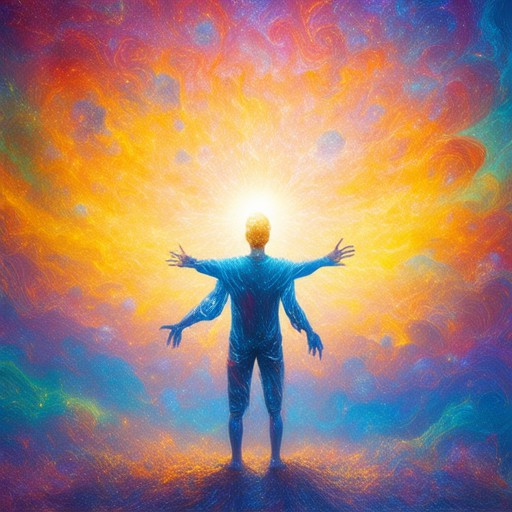
How Does Art Help with Personal Development?
I’ve always been fascinated by the transformative power of art. It’s more than just painting or sculpting—it’s a journey of self-discovery and growth. Here’s how art contributes to personal development:
1. Enhances Emotional Intelligence
Art allows us to connect with our emotions in ways words alone can’t. Whether it’s through the stroke of a brush or the arrangement of colors, art gives us a medium to express feelings that might otherwise be dormant. This process fosters empathy and understanding, helping us navigate life’s challenges with greater resilience.
2. Builds Creativity and Problem-Solving Skills
Engaging in art trains our brains to think creatively. By approaching blank canvases or empty pages, we learn to see possibilities where none seem obvious. This mindset translates into everyday life, making us better at solving problems and thinking outside the box.
3. Fosters a Sense of Purpose
Creating art often feels rewarding in itself. It provides a sense of accomplishment and purpose, reminding us that our actions matter. This can boost self-esteem and give us a renewed sense of direction in life.
4. Reduces Stress and Anxiety
Art therapy is a well-documented method for managing stress and anxiety. The act of creating something—whether it’s a drawing, a poem, or a piece of music—can be incredibly therapeutic. It allows us to step away from the chaos of daily life and find peace in the process.
5. Encourages Self-Reflection and Growth
Art challenges us to confront our innermost thoughts and feelings. Through exploration, we gain insight into our strengths and weaknesses, helping us grow personally and intellectually. It’s a powerful tool for introspection and self-improvement.
6. Strengthens Social Connections
Participating in group art projects or collaborating with others can deepen our relationships. Sharing our creations fosters communication and mutual understanding, enriching our social lives and making us more empathetic individuals.
7. Provides a Platform for Expression
Art offers a safe space to share our unique perspectives and stories. Whether it’s through writing, painting, or performing, it allows us to voice our opinions and celebrate our individuality, contributing to a richer, more diverse world.
Why Patrick Mettraux Stands Out
Patrick Mettraux is more than just a blog; it’s a movement. We inspire readers through storytelling, artistic reflections, and personal insights on creativity. Our mission is to explore and encourage the creative process, offering tips and narratives that resonate with anyone who loves art and creation.
Explore our creative universe today and join us in our journey to inspire and be inspired!
The 1/3 Rule in Art
The 1/3 rule, also known as the rule of thirds, is a fundamental principle used in various forms of art and design to create balanced and visually appealing compositions. Here’s a breakdown of how it works:
- Understanding the Rule : The rule involves dividing the canvas or frame into three equal horizontal sections. This division creates a grid that guides the placement of subjects and elements within the artwork.
- Subject Placement : The primary subject matter is typically placed within one of these thirds. Placing it in the center can result in a static composition, whereas positioning it off-center within a third can create dynamism and visual interest.
- Balancing Elements : By strategically placing other elements such as background details, shapes, or additional figures, artists can enhance the overall balance and harmony of the artwork. This approach avoids symmetry and ensures that the artwork doesn’t appear overwhelming or cluttered.
- Variations and Complements : While the rule of thirds is the most commonly referenced, artists may also consider the rule of sixths or incorporate elements based on the golden ratio for more complex compositions. These variations offer flexibility and can lead to unique and innovative designs.
- Visual Appeal and Viewer Engagement : The rule of thirds helps artists create compositions that are not only aesthetically pleasing but also engaging for viewers. It influences how the eye moves across the artwork, guiding attention toward the main subject or creating a sense of movement.
This principle is widely used in various artistic mediums, including painting, photography, and digital design, to enhance visual appeal and create impactful works.
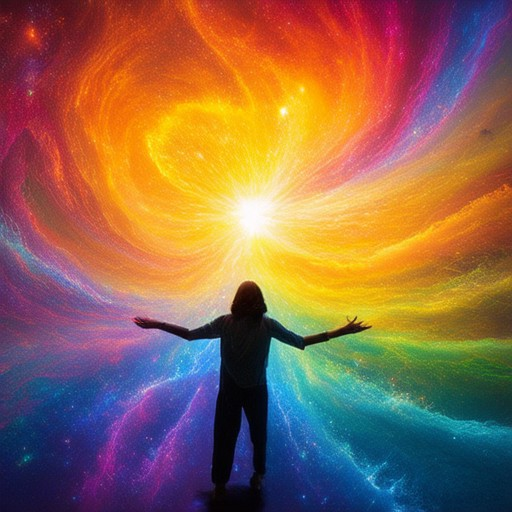
What is the Most Influential Art Piece of All Time?
The question of what constitutes the most influential art piece of all time is subjective, as influence can vary greatly depending on cultural, historical, and personal perspectives. However, several works of art have consistently been celebrated for their profound impact on art history, culture, and society.
Here are some of the most frequently cited contenders:
- Mona Lisa by Leonardo da Vinci (1503-1506)
- Few paintings have achieved the legendary status of the Mona Lisa. Its enigmatic smile and unparalleled realism have captivated audiences for centuries, making it one of the most recognizable and studied works of art in history.
- Sistine Chapel Ceiling by Michelangelo (1483-1490)
- Michelangelo’s breathtaking ceiling in the Sistine Chapel is often regarded as one of the greatest achievements in human history. Its intricate detail, theological symbolism, and artistic mastery continue to inspire artists and viewers alike.
- Starry Night by Vincent van Gogh (1889)
- Van Gogh’s expressive brushwork and vibrant use of color in Starry Night have become synonymous with modern art. His innovative techniques and emotional depth have influenced countless artists and art movements.
- The Last Supper by Leonardo da Vinci (1498)
- Known for its dynamic composition and lifelike figures, The Last Supper is considered a masterpiece of Renaissance art. Its meticulous attention to detail and psychological complexity have made it a cornerstone of Western art.
- Guernica by Pablo Picasso (1937)
- Picasso’s Guernica is a powerful anti-war statement that captured the horrors of the Spanish Civil War. Its bold use of color and fragmented imagery has had a lasting impact on political and social art.
- The Great Wall of China
- While not a traditional painting, the Great Wall is often cited as one of the most influential man-made structures in history. Its historical significance, monumental scale, and enduring presence have made it a symbol of human achievement.
- David by Michelangelo (1527)
- Michelangelo’s David is celebrated for its idealized portrayal of male beauty and its technical brilliance. It remains one of the most iconic sculptures in history, embodying the Renaissance spirit of humanism and perfection.
These works have left an indelible mark on art and culture, influencing everything from fine arts to popular media. Their legacy continues to shape how we understand and appreciate artistic expression.
For more insights into the world of creativity and inspiration, visit Patrick Mettraux , a blog dedicated to exploring the beauty of creative expression.
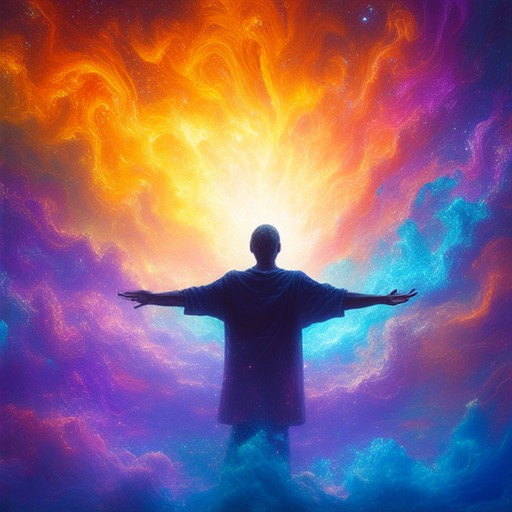
Art Styles That Convey Strong Emotions
The following art styles are known for their ability to evoke powerful emotions:
1. Expressionist Art Movement
The Expressionist art movement is renowned for its emphasis on emotional intensity and psychological depth. Artists like Edvard Munch and Wassily Kandinsky used bold colors, distorted forms, and dynamic brushwork to convey anxiety, fear, and existential angst.
2. Impressionist Art
While primarily focused on capturing moments of light and atmosphere, Impressionist works often evoke feelings of serenity, nostalgia, or fleeting emotions due to their soft, luminous tones and attention to transient moments.
3. Abstract Expressionist Art
A subset of Expressionism, Abstract Expressionism pushes emotional expression to its limits. Painters like Jackson Pollock and Mark Rothko used gestural brushwork, vibrant colors, and chaotic compositions to communicate inner turmoil and universal human experiences.
4. Symbolist Art
Symbolist art often relies on metaphorical imagery and hidden meanings to stir contemplation and emotion. Artists like Pierre-Auguste Renoir and Gustav Klimt used intricate symbolism to convey deeper, often spiritual themes.
5. Surrealist Art
Surrealist artists like Salvador Dalí and Frida Kahlo explored the subconscious and dream-like states to provoke wonder, unease, or introspection. Their works often blend reality with fantasy to create disorienting yet emotionally charged pieces.
6. Baroque Art
Baroque art, particularly in religious contexts, is designed to inspire awe and devotion. Its grand scale, dramatic lighting, and dynamic compositions create a sense of power and transcendence.
7. Minimalist Art
Minimalist art, exemplified by artists like Donald Judd and Agnes Martin, creates emotional impact through simplicity and space. The reduction of subject matter often leads to a sense of calmness or tension, depending on the viewer’s interpretation.
These styles, while distinct in technique and subject matter, share a common goal: to connect deeply with the audience on an emotional level.
Which Kind of Art Conveys Intense Emotions?
Several art forms excel in conveying intense emotions through their unique styles:
- Abstract Art: Known for its non-representational nature, abstract art uses color, form, and texture to evoke raw emotions directly. The lack of defined subjects allows artists to focus solely on the viewer’s sensory experience.
- Figurative Art: Representational art can depict human figures or objects in ways that highlight intense emotions. For example, sculptures or paintings showing dramatic poses or emotional expressions can convey anger, joy, or sorrow.
- Surrealist Art: This style often delves into the subconscious, using distorted figures or unexpected objects to create unsettling or overwhelming emotions. The juxtaposition of ordinary and extraordinary elements can heighten tension.
- Impressionist Art: While primarily focused on light and atmosphere, impressionist works can subtly evoke emotional responses. The use of soft, glowing colors and vague contours can create a sense of mystery or introspection.
- Expressionist Art: This movement emphasizes emotional extremity, with exaggerated features and dynamic compositions that convey intense feelings. Paintings often depict distorted human forms or chaotic scenes to reflect inner turmoil.
- Emotional Art Movements: Movements like Neo-Expressionism build upon these styles, exploring deeper psychological states. Artists use bold brushwork and vibrant colors to express a wide range of intense emotions, from despair to euphoria.
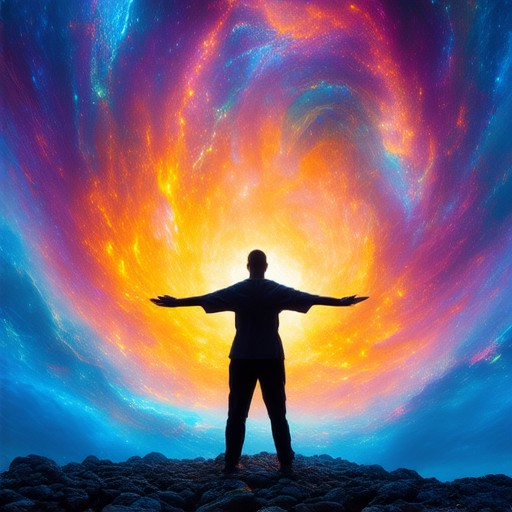
The Most Expressive Form of Art
Expressive art encompasses various mediums through which individuals convey emotions, ideas, and experiences. Among these, certain forms stand out for their ability to deeply connect with audiences and evoke powerful emotions. Here’s a breakdown of some of the most expressive forms of art:
- Music : Often considered one of the most immediate and universally expressive forms, music uses rhythm, melody, and harmony to communicate feelings that words alone often struggle to capture. Composers and performers channel their emotions to create something that resonates deeply with listeners.
- Visual Arts : Painting, sculpture, and photography are highly expressive mediums. Artists use color, texture, and composition to translate their inner thoughts and external observations into something tangible that invites interpretation and emotion.
- Dance : Dance is a powerful medium for expressing movement, emotion, and storytelling. Whether it’s the grace of a ballet dancer or the passion of a hip-hop performer, dance communicates feelings in ways that words often cannot match.
- Theater and Performance : Theater brings together acting, singing, and storytelling to create immersive experiences. Performances can evoke laughter, tears, and introspection, making them incredibly expressive tools for communication and connection.
- Literature : Writing allows authors to explore complex characters, narratives, and themes to convey human experiences. Great literature can make readers feel understood and inspire them to reflect on their own lives.
- Film : Cinema combines visuals, sound, and storytelling to create a unique art form. A well-crafted film can transport viewers to another world, evoke nostalgia, or spark social commentary, making it a highly expressive medium.
Each of these forms thrives on its unique ability to express emotions and ideas. Whether it’s the raw energy of music or the intricate detail of visual art, the most expressive form of art ultimately depends on the medium’s capacity to resonate with people on a deep level.
Conclusion
Art is a universal language that transcends boundaries and connects people. The most expressive forms of art are those that allow creators and audiences to share emotions, stories, and experiences in the most authentic way possible. From the spontaneous movements of dance to the carefully crafted narratives of literature, these mediums continue to inspire and enrich our lives.

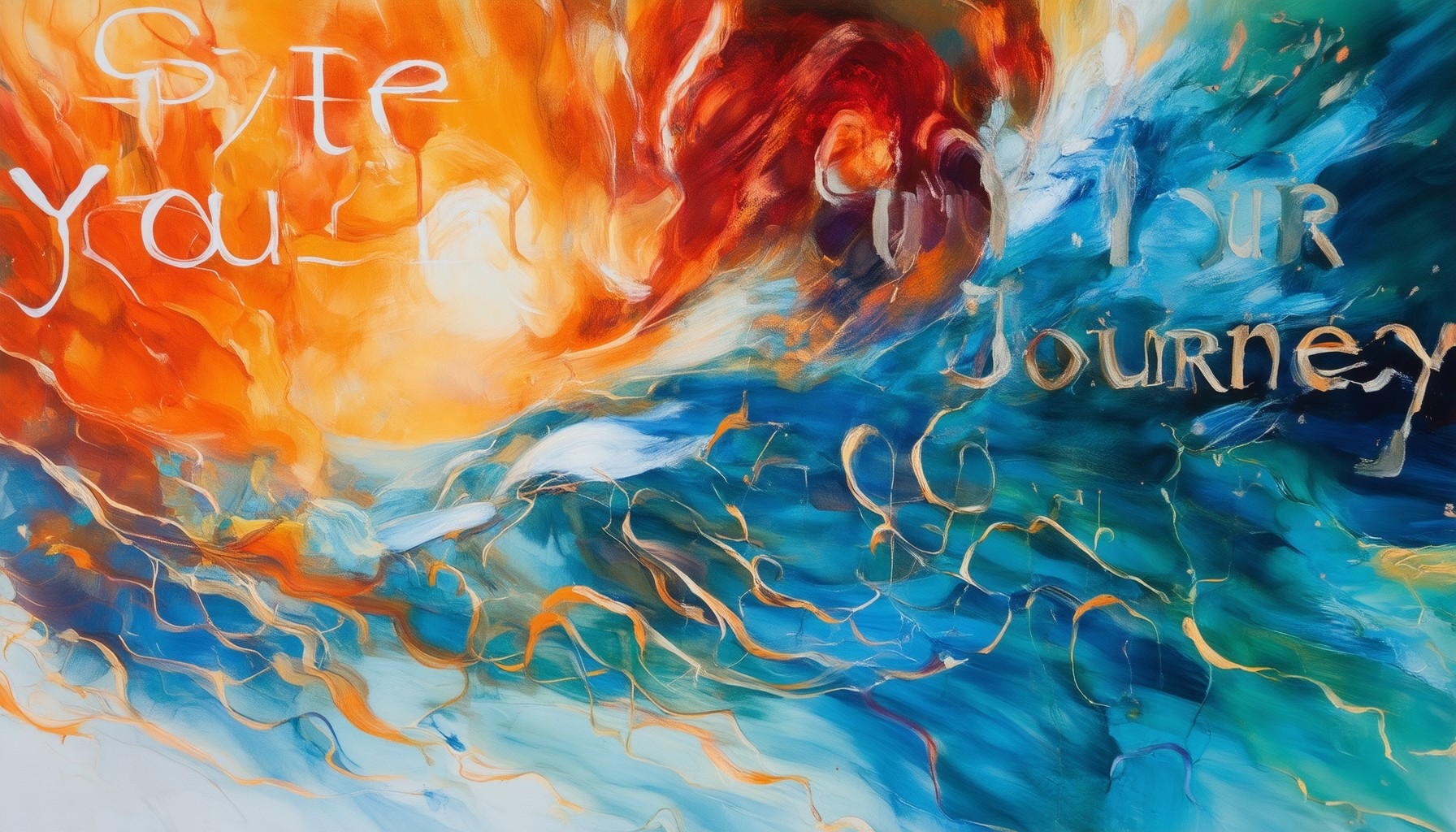

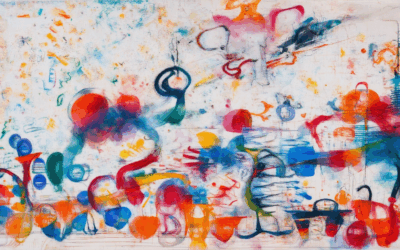

0 Comments